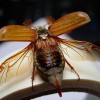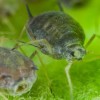Rejuvenated: stone rose in the garden and on the windowsill
Content
Varieties and types
The stone rose is distributed almost throughout Europe (except for northern), in the Caucasus and in Asia Minor. About 50 species are known, each of which has dozens of varieties and hybrids, and it is difficult to distinguish them from one another, they are not only similar to each other, but the same species can look different at different times of the year, growing in different conditions.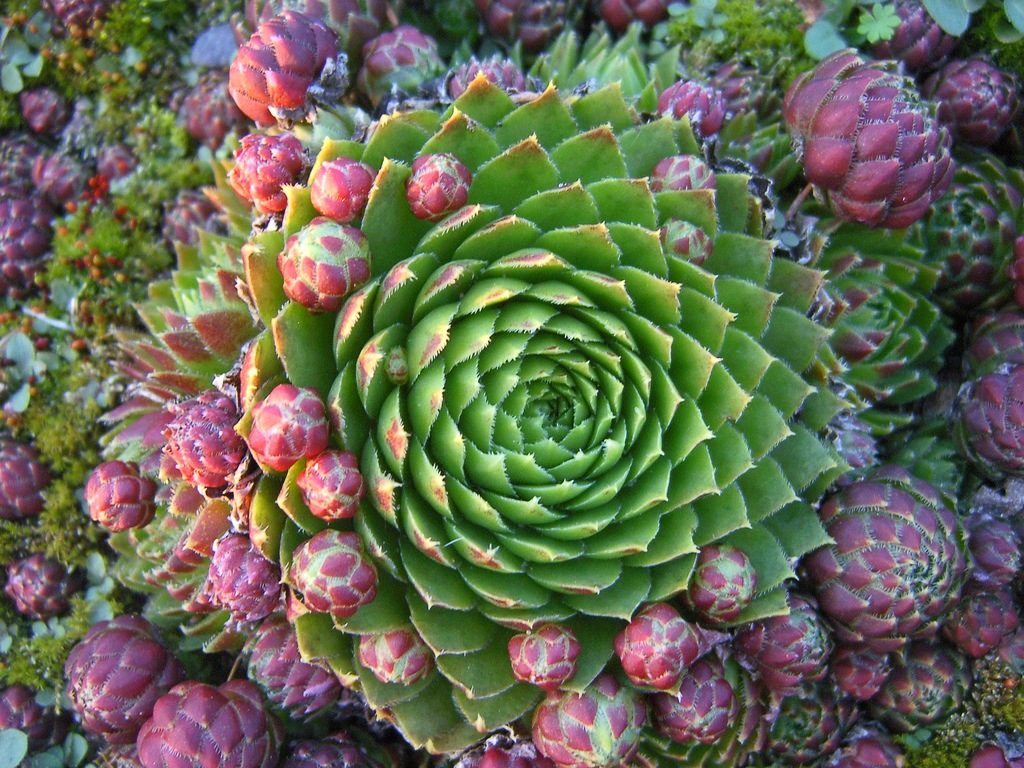
Several dozen species grow well in the middle zone. The plant has no stem, fleshy leaves, bare or pubescent with hairs, form a rosette up to 15 cm in diameter.
They differ in the shape of the leaves and their color, it varies from very light or silvery green to very dark with red, brown, terracotta, golden rims or stripes.
In the Russian forest-steppe, there is a stone rose, called Russian, with large rosettes of green leaves and yellow flowers. Since the 19th century, they began to cultivate it as an ornamental plant for indoor and garden plantings.
The spherical-flattened rosette of the young roofing grows from 7 to 15 cm in diameter. Green leaves with bronze or reddish-brown edges end in pointed tips. It blooms with red-pink small flowers. In the old days, Europeans planted it on roofs to strengthen them and protect them from thunderstorms, since they considered the god Thor himself the patron saint of this plant.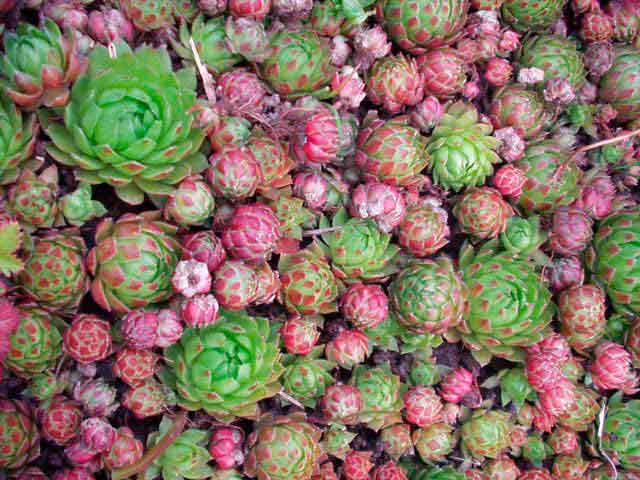
The Caucasian stone rose blooms with purple-red or purple flowers, it grows on rocky soils, and responds well to fertilizers with a high calcium content. Its leaves, usually green, darkening at the edges, end with rather hard cilia.
The green mountain young with a medium-sized rosette blooms with red-pink flowers, and its close relative, the Brown hybrid, is distinguished by unexpected creamy yellow petals of small flowers.
A dwarf or undersized juvenile is distinguished by pointed, ciliate leaves along the edges, slightly brownish on the outside. It has a small rosette - up to 2.5 cm in diameter, and purple-red flowers with a distinct stripe in the center.
The marble stone rose has irregular red-green patterns on the leaves, which are fluffy when young, but perfectly smooth in mature plants. Many of them turn completely red by winter. The petals are red, but with a spectacular light border around the edges.
The offspring young grows very quickly, forming small spherical rosettes on sandy soil. It blooms with greenish or pale yellow flowers. Traditional medicine uses it to heal septic wounds and treat heart failure.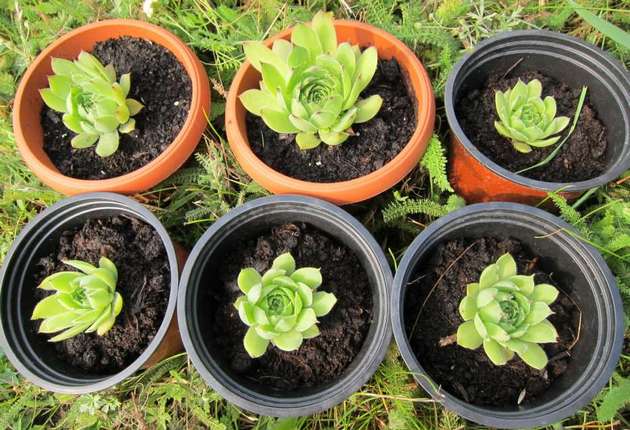
Of all the species cultivated in our country, the young cobweb can always be distinguished from its other relatives - its small, no more than 4 cm in diameter, rosettes are almost completely entangled in silky cobwebs. To an uninitiated person, it may seem that the plant has fallen victim to a spider mite. This species does not tolerate cold winters in the garden, and blooms in purple flowers.
In the Caucasus and Turkey, a spherical species grows with oblong, clawed leaves, the tops of which are colored red.
Video "Description"
From the video you will learn almost everything about this amazing flower.
Flowering time
The flowering time usually falls at the beginning or middle of summer, it depends not only on the type of plant, but also on the weather and climatic conditions.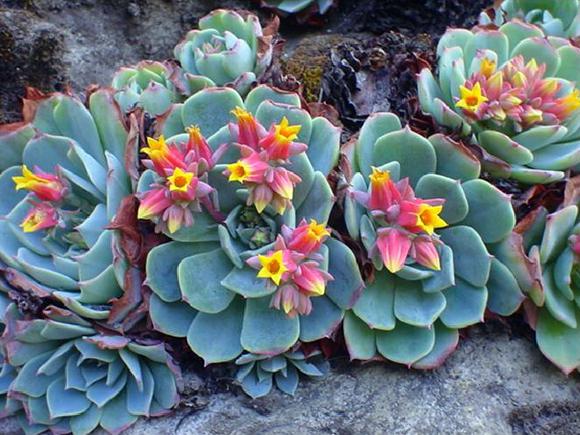
Sempervivus blooms once in a lifetime, after which the plant dies off. In order for it to live up to its name forever living, it must not be allowed to bloom. An adult plant dares to take this risky action, not earlier than the third year of life, until this moment it will have time to give life to a large number of offspring, and then forms a long (from 25 to 35 cm in different species) peduncle with medium-sized multi-colored flowers. The rosette is formed by basal leaves, and on the peduncle they become alternate oblong or ovoid. Bisexual flowers of various colors are collected in paniculate inflorescences with fleshy sepals fused at the base. If the inflorescences are not removed, then the fruits of the leaflet are formed, from 8 to 20 pieces in different species.
Planting culture
Rejuvenated, often used in garden design, is ideal for stone gardens and alpine slides, and planting and maintaining is so easy that it encourages experimentation. Home care also does not require time and effort, so it is grown in apartments, offices, where Sempervius fits wonderfully into any minimalist interior or high-tech style.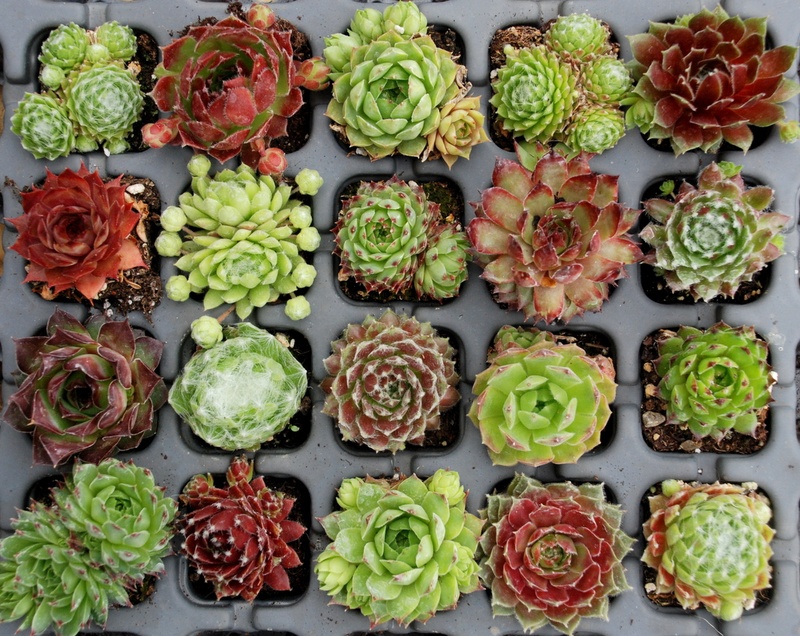
It is better to plant it on a flower garden in mid-May, time is not so important for an apartment. The plant needs very little soil, you don't even need to cook it in the right place, but just pour it on top with a thickness of 5 cm, moisten, make a small hole, plant a plant, preferably with a lump of earth in which it grew, gently press down the earth around the roots with your fingers.
Since the plant does not need a lot of land, it is planted in the most incredible flower beds and in strange dishes - these can be shards or pots, teapots lying sideways. Old shoes and children's toys are perfect for an original flower bed. It looks interesting on vertical walls, in multi-tiered stands.
Care
Care at home or in a flower bed is best expressed with the words "planted and forgotten." If you choose the right place and prepare the soil, then you can really forget about this amazing plant. Excessive attention, which is usually expressed in watering, fertilizing, loosening the soil and other actions, can only damage the sempervivus.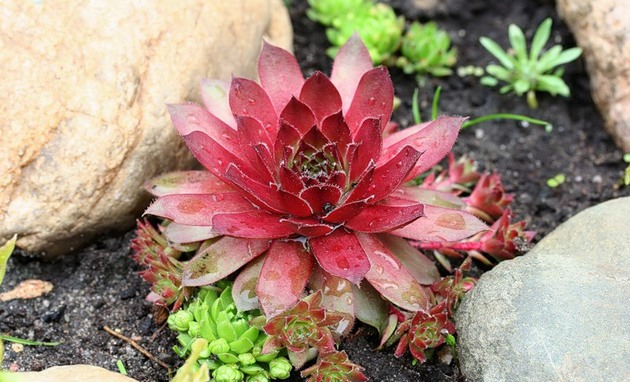
Lighting
Rejuvenated loves the sun.
In the shade, this amazing culture will also grow, justifying its Latin name, but the leaves will stretch out and turn pale, the rosette will no longer be so elastic and spherical.
On the street, the flower needs to find an open place and make sure that nothing obscures it. All care can be reduced to the destruction of weeds around it, over time this ground cover plant will grow so that the weeds will not have a single chance, but at first you need to make sure that the weeds do not form a shade.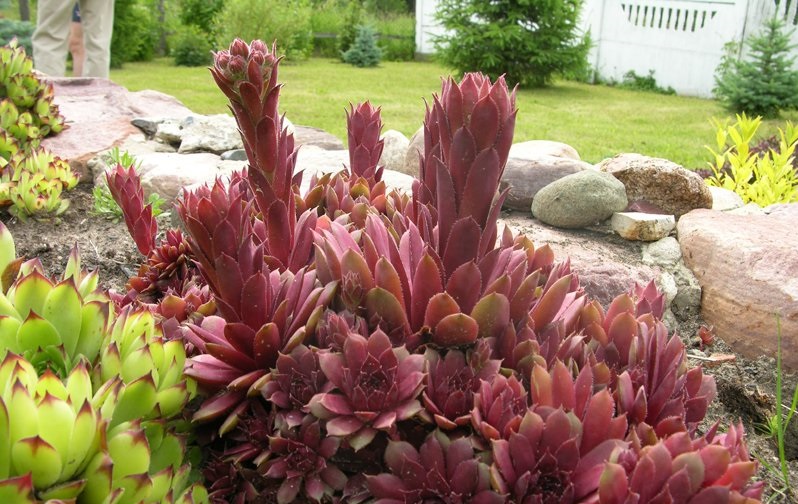
At home, it is advisable to choose a southern window sill for it, and for the summer to take it to a balcony or loggia, preferably also from the south side.
Temperature regime
Hare cabbage is not afraid of heat, it feels great at temperatures above +30, and it also tolerates zero temperature. In winter, in our area, you need to cover the plants with foliage or branches, throw sand or peat on top (in very cold winters).Some advise covering the plant with the cut off part of a plastic bottle, but this must be done carefully, because moisture can collect under it, and this is the only thing that can destroy the tenacious.
Planting and leaving in an apartment may well take place on the balcony. The temperature in the house will suit the plant both in summer and winter. It is completely indifferent to the humidity of the air; it does not need to be sprayed, washed or wiped. In winter, it will tolerate the dry air of heated apartments well, and in summer it will grow better on the balcony at any temperature. Fresh oxygen-rich air is more important to him, so you can not be afraid to ventilate the room at any time of the year.
Watering
Sempervivus should be watered carefully so that water does not get on the leaves, only the ground needs to be moistened. This is done very rarely - in the cold season (at home), once a month or even less often is enough, and in the summer heat, you can water it after a week or two.
Excess moisture will lead to wilting and subsequent drying of the leaves. At the slightest sign, you need to transplant the plant into dry soil, although it does not like transplants, this is the only thing that can save it. Unless, of course, loosening the earth and moving the flower in the sun helps.
Soil and fertilizing
The soil should be non-acidic and loose, not water-retaining, sandy or stony, you can buy a mixture for cacti or just take one part of garden soil and add three parts of sand. When preparing a pot for hare cabbage, a third of it is filled with a drainage layer. There may be black soil on the flower bed, but on top you need to pour 5 cm of sandy soil or the same mixture for cacti.
It is not worth feeding young plants, an excess of nutrients will make them stretch and change color, the rosette will disintegrate and lose its decorative effect. After reaching the age of three, the flowers can be fed with a special mixture for cacti, but take half of the specified rate.
Transfer
Young people do not like transplants, so plants should be planted on a flower bed at a great distance from each other - at least 15 cm, which will soon be filled with young plants. At home, for the same reasons, you need to take a wide pot, so that later you do not disturb the roots with transplants. But if this needs to be done, then it is necessary to take a plant with a clod of earth, before watering it.
Reproduction
Reproduction occurs by seeds and vegetatively. The vegetative method of reproduction is remarkable in that it occurs naturally and easily - many young shoots are very quickly formed around the plant, which tendrils grow from the mother plant. These tendrils can be pinned to the ground with your fingers, but they will take root without this minimal intervention from the grower.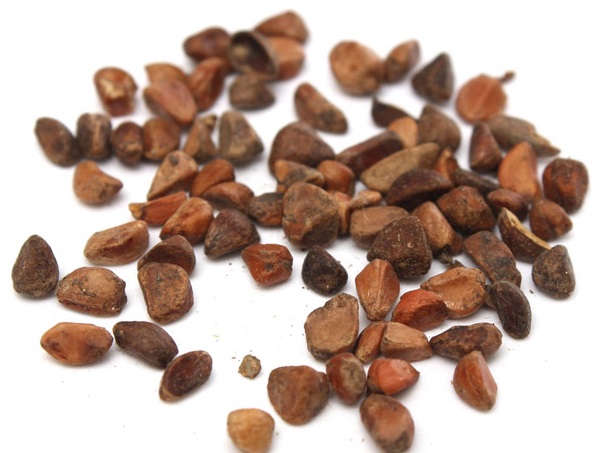
And the seeds are sown in spring on the surface of sandy soil and sprinkled with the thinnest layer of sand, only 1 mm thick. Before that, the seeds should be soaked in water, then sown and wait. After 3 - 5 days at a temperature of +20 degrees, the first sprouts appear. After root formation, the plants can be planted in a permanent place - in a flower bed or in separate pots.
Pests and diseases
The tenacious is rarely disturbed by pests. But in the flowerbed, May beetles can harm, they can damage the plant by eating whole moves in the tender pulp. This rarely happens, but if the beetle damages the plant, you need to remove it, transplant other plants, and disinfect the soil from the larvae.
At home, potted plants can be affected by aphids and worms. To prevent this from happening, you need to monitor all the plants, do not put infected specimens in their company. And the preparations "Inta-vir" for aphids and "Aktelik" for the worm will help to fight them.
Of the diseases, the tenacious can suffer from all kinds of rot if it is waterlogged. At the slightest manifestation of the disease, transplanting into another soil will help. And the affected parts of the plant must be removed, the cut points must be treated with charcoal.
Sempervivus is a very decorative and not whimsical plant that is easy to care for. It is able to decorate any interior, to give originality to flower beds. Traditional medicine has long used almost all types to treat wounds and even purulent ulcers. Experts say that all types are edible, some summer residents use them to prepare salads, noting the sour taste of these juicy plants. In the wild, animals quench their thirst with them, it is not for nothing that the name "hare cabbage" has taken root, but we still consider it as decorative.
Video "Reproduction and care"
From the video you will learn how to properly breed and care for a stone rose.

